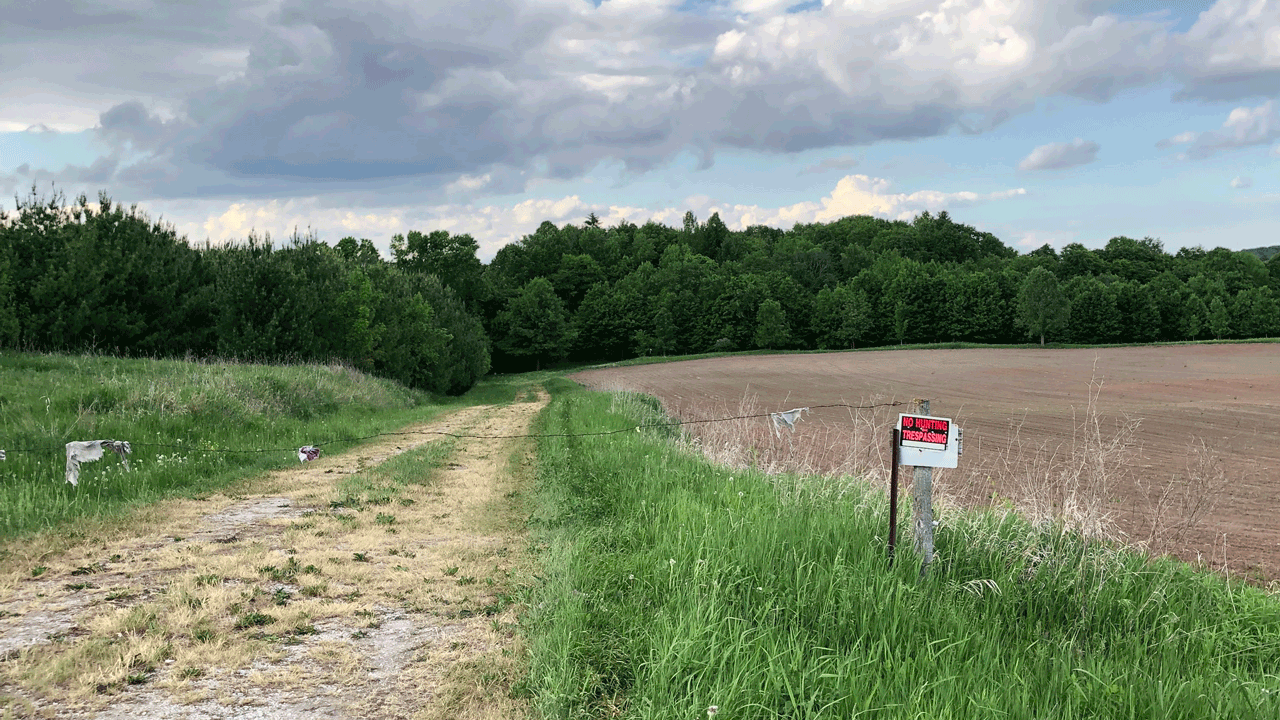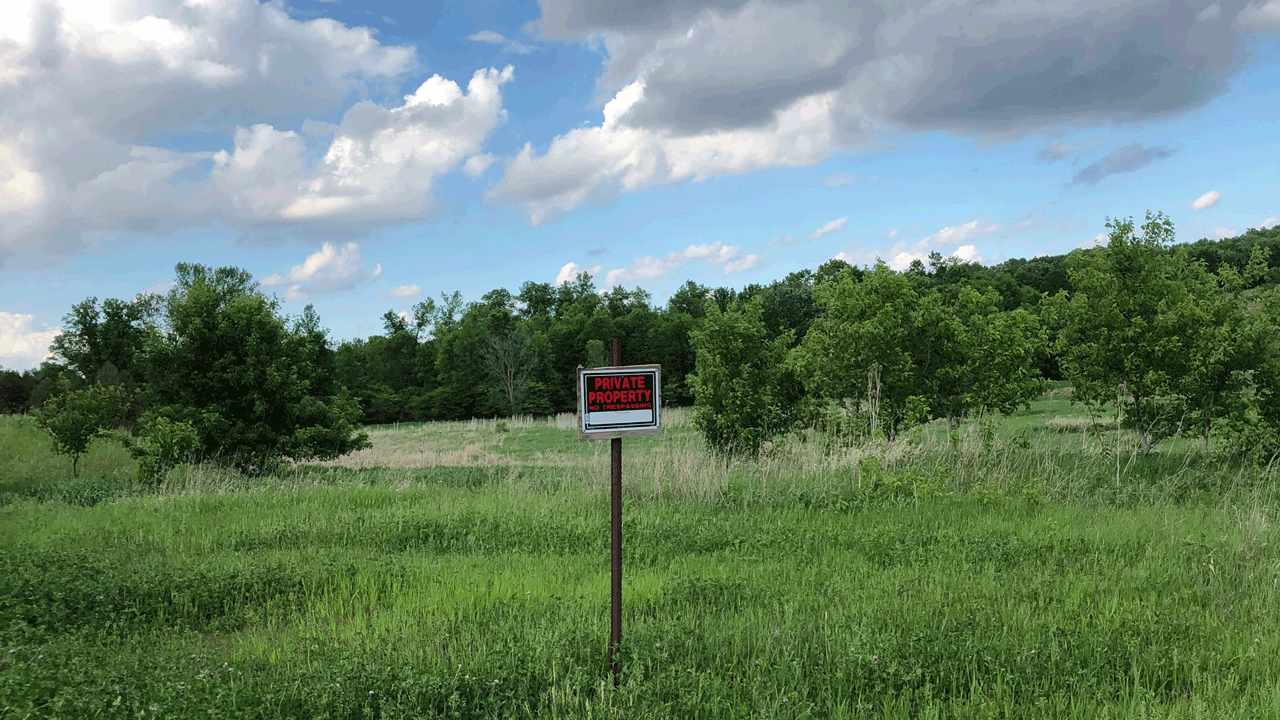by Paul Annear
Increasing attention has been put towards public lands, habitat loss, hunting land access, and the struggle to access private land. Are these factors threatening the future of hunting?
Lots of recent attention has been aimed at recruiting and retaining new hunters throughout the landscape of the U.S. For example, the Quality Deer Management Association plans to recruit 1 million new hunters over the next five years. While that goal seems lofty, finding access to hunting lands for those 1 million new hunters could prove difficult as well. There is no question, loss of habitat and the struggle to keep public lands are major issues. Even though lots of social media and political attention has been directed towards the loss of public land, does this really threaten the future of hunting? If we were to lose enough of our public land, the answer is an obvious yes. Private land access may also seem harder to come by due to land prices or an increase in hunter numbers in certain areas. While these combination of factors may add up to an increased difficulty finding access to hunting land, great land is there for the taking for those willing to dedicate their time and hard work.

How big a role does hunter access play in the future of hunting?
Public Hunting Land Access
Less than two years ago, lawmakers introduced H.R. 621 which would’ve sold off some 3.3 million acres of western public land “suitable for disposal”, and land that “no longer served a purpose for taxpayers”, per Utah congressional representative Jason Chaffetz. You know the story, sportsmen and women stood up, took action, and vehemently defended our public lands. In February 2017, Chaffetz withdrew H.R. 621, touting his strong support of public land and the outdoors. The strength of the “keep it public” movement has been on damage control the last few years by gaining hunter support for every measure brought forth which threatens the future of public lands owned by us all.
While the threat of diminishing public land is a real issue and one that public land hunters and non-public land hunters need to be aware of, there are still plenty of opportunities for willing hunters. Some states like Wyoming offer Walk-in Areas through their “Access Yes” program. By working with private landowners to open their land for public hunting, Wyoming offers detailed descriptions and map layouts of these properties. Hunter’s are not required to ask permission on WIA lands. WIA’s do not allow motorized vehicles or any sort of access to these lands outside of the allotted access dates listed online. That could mean no pre-season scouting or time to make a trip to the property for a once-over. However, if you are desperate enough and do your homework via Google mapping or GIS tools, these properties will suit you just fine.
Wisconsin is another state taking the hunter access issue head-on. While much of Wisconsin’s public land is located in the northern half of the state, there are still opportunities open for those willing to research and find new lands. Wisconsin DNR Public Land Specialist, Tim Lizotte, says, “The Wisconsin DNR works hard to open up lands to the public close to urban or more populated areas.” When public lands are near a population hub, Tim claims the issue of time is then removed for many hunters, as they will be able to access properties close to home.
Wisconsin District Wildlife Program Supervisor, Jeff Priztl, disagrees with the notion of hunter access being a primary cause of hunter decline. Jeff states, “Results of social science surveys indicate that hunters choose to drop out primarily because of a time investment choice. There are so many choices for people to make in deciding what they do with their shrinking amount of free time.” So, if states like Wisconsin can ensure public lands are within limited driving distance from many metropolitan hubs, time can therefore be removed as an excuse for not finding land to hunt.
Like Wyoming, Wisconsin has a similar program set up for private landowners willing to open their land for public use. The Voluntary Public Access and Habitat Incentive program has over 30,000 acres currently enrolled. These properties are open to public hunting and landowners even receive tax breaks and assistance with habitat improvements such as prescribed burns or native grass plantings.

There are still some great public land hunting opportunities out there, but are they reasonably close to where you live?
Is Private Hunting Land Access Becoming More Difficult to Acquire?
Access to excellent private land was, and most likely never will be, easy to come across. Is land really more difficult to find or is the issue simply being talked about more in today’s social media driven world? A few thoughts come to mind right away. For one, land prices have increased in the past decade quite considerably, and no one that I know of is making more land. I know multiple families who purchased large tracts of land for around $300 an acre in the late 80’s and early 90’s. Obviously prices are relative to the time period but if you can find great hunting land to purchase for less than $3,000 an acre, you are in business. In some areas, 5-6k an acre is the norm. If you purchased a large chunk of land back in the 90’s, thank your lucky stars.
The density of hunters on private ground can be similar to deer numbers across a given landscape. Throughout a county, deer numbers can be high in one area and bump up and down until another area hardly has any deer. The same can be said for hunter density. Certain areas throughout a region may have excellent deer hunting. Magnify that further and a very small area within that region may be the top producer of the largest bucks shot within that region. Where those prime areas exist, so will the hunters. Without some sort of connection, you would be hard pressed to find access to hunting land in Buffalo County, Wisconsin or Pike County, Illinois. It would take some serious legwork. Private land is still out there for those willing to work and put themselves in a position to acquire land. Acquiring permission may take 4-6 hours of a Saturday driving around knocking on landowner’s doors. If denied permission, the worst the can say is ‘no.’ Asking for shed hunting permission is a solid idea if you are denied deer hunting access. It may get you a foot in the door for the future. Another tip is not to go for the giant property right away, as you will probably set yourself up for disappointment. Try asking permission on less than 40 acre chunks to begin. Many times, these smaller properties bordering larger tracts have excellent hunting and landowners who may not be as serious about hunting as those owning hundreds of acres. Always offer to help a landowner and let them know you can dedicate your time and help in exchange for hunting access.

Have you tried gaining access on private land lately? What was the response?
If new hunters are to be recruited and retained, they will need a place to have consistent access with solid harvest opportunities. If new hunters do not have land access or a reasonable shot at harvesting deer on land they do hunt, this mission of recruiting new hunters could fail. We must continue to have states and individuals working hard to combat the hunter access issues by creating unique programs to open up both private and public lands. If access is not available close to home, your challenge then comes down to time, which you may or may not have. For those willing to dedicate the time, great hunting land still exists.





